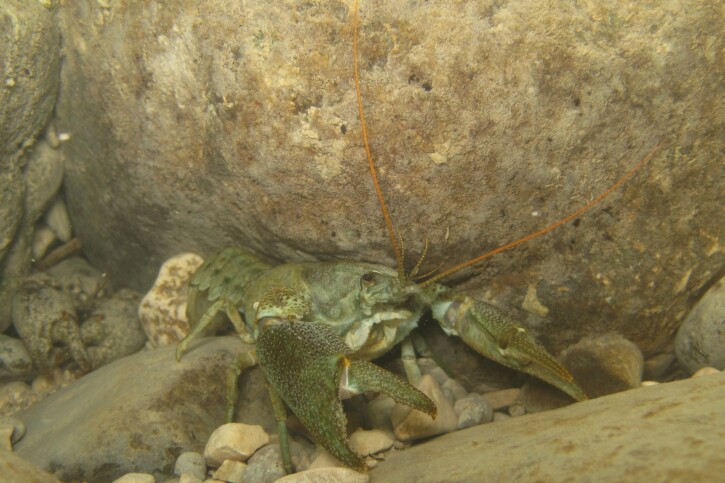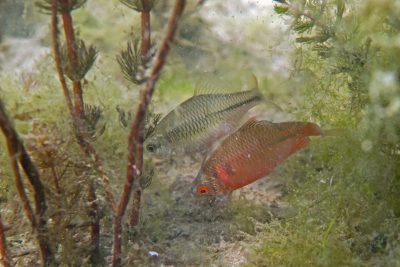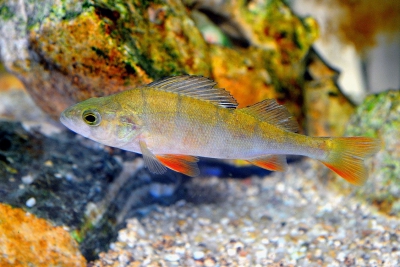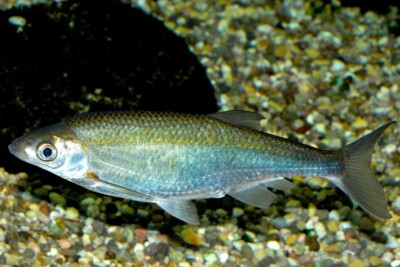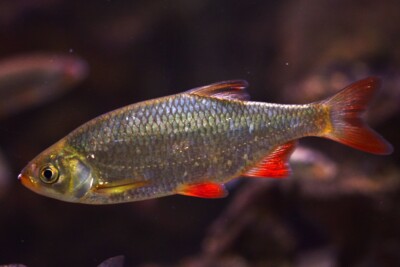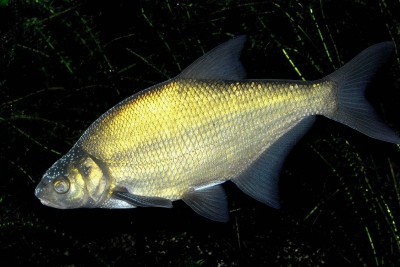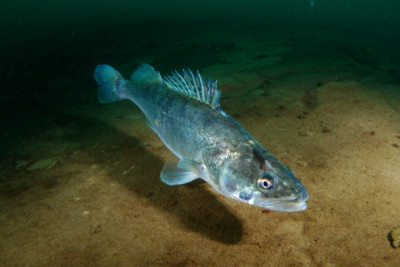white-clawed crayfish
| Family | Astacidae |
|---|---|
| Genus | Austropotamobius |
| IUCN category (World) | EN |
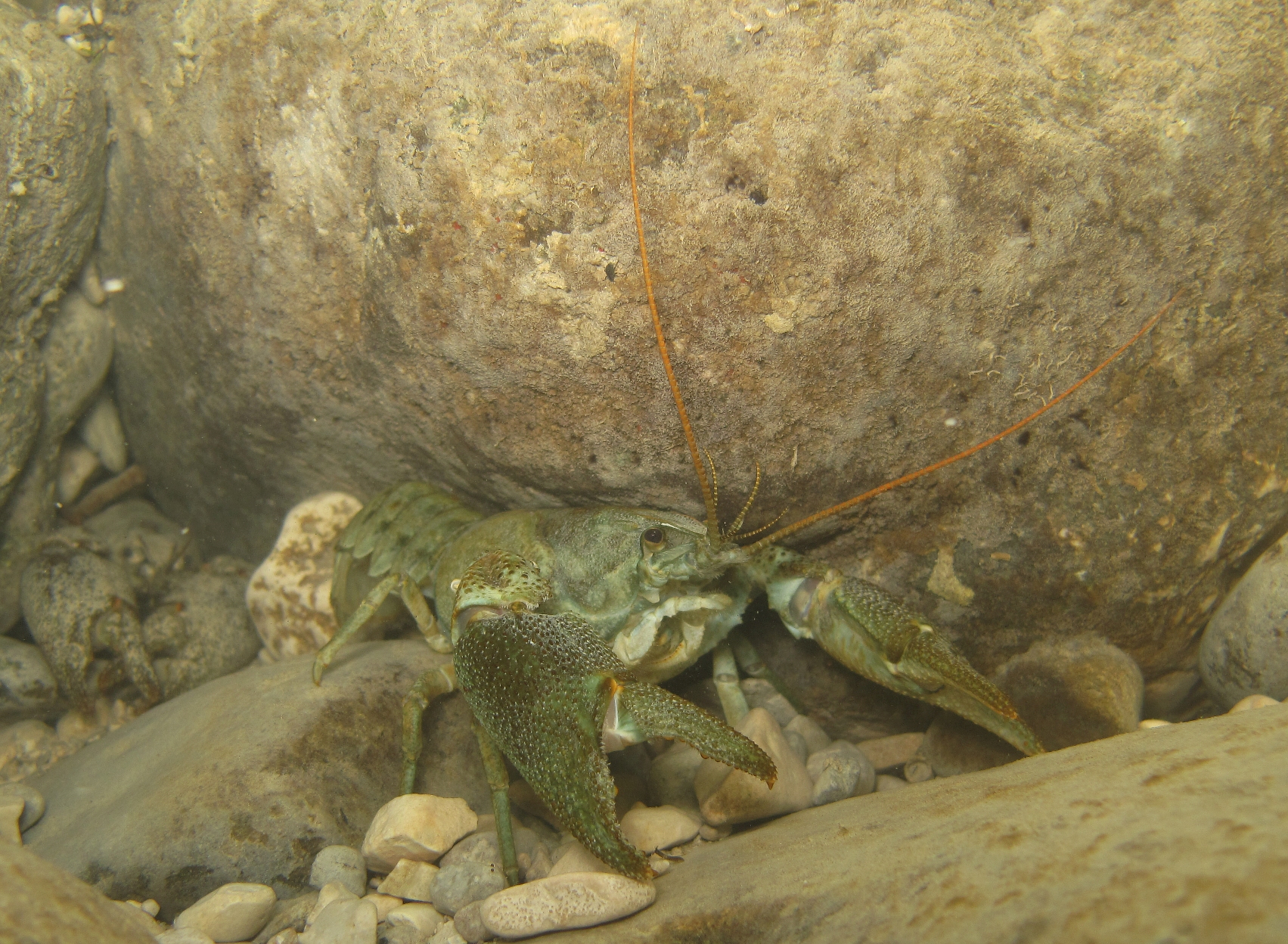

Introduction
Austropotamobius pallipes, commonly known as white-clawed crayfish, is a fresh water crustacea from the Europe.
This sheet is currently being prepared. The texts currently proposed come from our data model or are being drafted. To request priority for this content, you can write to us HERE.
Who is it?
Morphology
-
Type
-
Average size10 cm
-
Maximum size13 cm
-
Longevity10 year
-
Mimicrymud
-
Type
-
Average size10 cm
-
Maximum size13 cm
-
Longevity10 year
-
Mimicrymud
How to recognize this crustacea ?
The white-clawed crayfish measures between 10 and 13 cm. this crustacea is unicolore with a predominantly marron body.
Behaviour & Life cycle
-
Sociabilitysolitary
-
territorialNo
-
VenomousNo
-
Way of livingnocturnal
Like all crustaceans, The white-clawed crayfish molts whenever it becomes cramped in its shell. Before the hardening of its new body, it is more vulnerable and spends a good part of its time hidden. This mechanism, very complex, allows the periodic renewal of the exoskeleton and part of the internal skeleton. It is also during the moult that the females become fertile.
The white-clawed crayfish is a crustacea solitary naturally found on the bottom. This species is omnivorous with carnivorous tendency . this crustacea lives mainly at night. Usually, it leaves its hiding place and starts to be active once it gets dark.
Although the white-clawed crayfish is non-territorial, it is sometimes aggressive towards other species.
Reproduction
-
Reproductionovipare
The white-clawed crayfish is a crustacea ovipare. It is an exclusively freshwater species, the whole reproduction process takes place in fresh water. This species follows a mode of reproduction called "direct development". After several weeks of incubation, the female gives birth to fully formed juveniles ready to fend for themselves.
Harmless species
This species does not represent any particular threats to humans when encountered in its natural environment.
Origin and distribution
What is its habitat?
Natural environment characteristics
-
Temperature5 - 21 °C
-
pH (acidity)7 - 8
-
gh (hardness)3 - 15
-
FlowMedium and Slow
Biotope presentation
The white-clawed crayfish is most often found at a depth between 0m and 2m. However, it is not impossible to find this species at other depths. This animal evolves in areas characterized by a strong presence of vegetation (aquatic and marsh plants, decaying organic matter, roots...).
This species lives near large roots, in which it can find refuge in case of danger. This type of habitat is often found not far from the banks.
This species lives in decaying vegetation (branches, leaves) in low current areas.
Species of the same biotope
To go further
Sources & Contributions
Participation & Validation
The Fishipedia team and specialist contributors are committed to providing high-quality content. However, although the information comes from scientific sources or testimonials from specialists, the cards may contain inaccuracies.

Adrien Falzon

Benoit Chartrer
Translation
Translation done with the valuable contribution of our translators, who make this information available to a wider audience. We sincerely thank them for their commitment.
Scientific partners
Tags
Species of the same biotope
